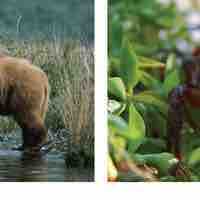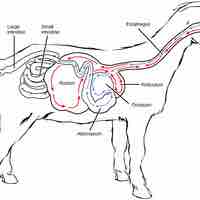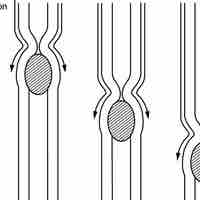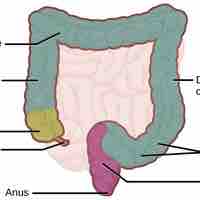Section 1
Digestive Systems
Book
Version 32
By Boundless
By Boundless
Boundless Biology
Biology
by Boundless
6 concepts

Digestive Systems
Animals use the organs of their digestive systems to extract important nutrients from food they consume, which can later be absorbed.

Herbivores, Omnivores, and Carnivores
Animals can be carnivores, herbivores, or omnivores in their eating strategies.
Invertebrate Digestive Systems
Invertebrate digestive systems include a gastrovascular cavity with one opening or an alimentary canal with a true mouth and anus.

Vertebrate Digestive Systems
Vertebrates may have a single stomach, several stomach chambers, or accessory organs that help to break down ingested food.

Digestive System: Mouth and Stomach
Animal digestion begins in the mouth, then moves through the pharynx, into the esophagus, and then into the stomach and small intestine.

Digestive System: Small and Large Intestines
Nutrients are absorbed in the small intestine and waste is prepared for elimination in the large intestine.